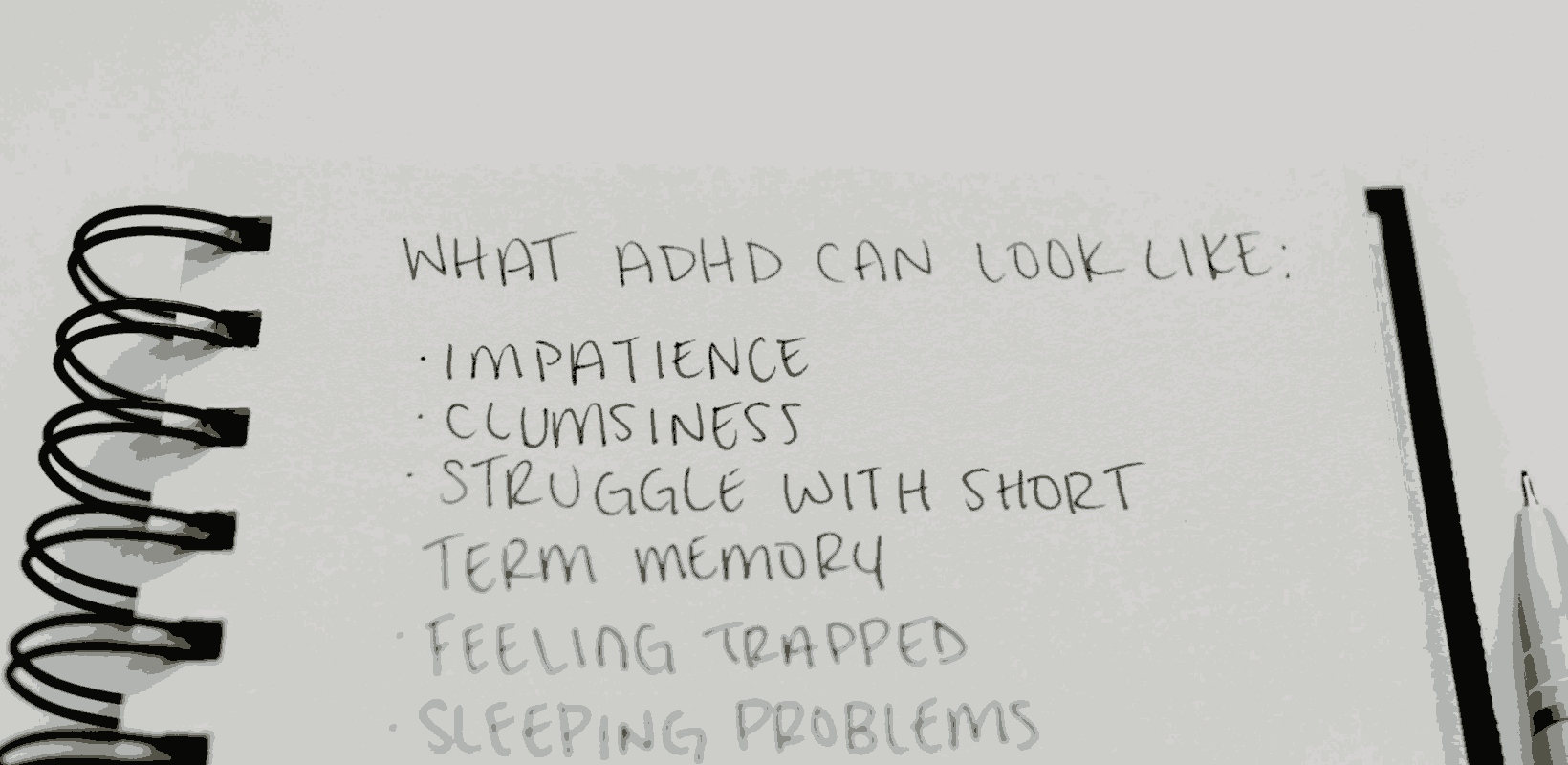Employment status encompasses the relationship between a person and a business, determining rights, responsibilities, and benefits.
Here, we cover what employment status in the UK means, the different types of employment status, the job expectations of each, the difference between workers and employees, and key considerations for small businesses when employing individuals under each classification.
Table of Contents
Employment Status Meaning
‘Employment status’ outlines the nature of the working relationship between an individual and an employer, determining both parties’ employment rights, benefits, and obligations. Here are the three primary employment types:
1. Employee Status:
This covers any employee with a long-term contract. Having this contract in place usually means that these employees have access to more rights and company benefits, including things like job security, paid annual leave, pension plans, etc. At the same time, this type of contract means the employers have more control over how the employee works. They are able to decide where, when and how their work is carried out, which can’t necessarily be said of the other employment statuses listed below!
2. Worker Status or Independent Contractor Status
Workers can also be called independent contractors or freelancers. They are usually engaged on a more temporary or project-based basis, giving them more flexibility over working hours. This flexibility, however, comes with a key disadvantage; they might not receive the same benefits as employees.
Another thing to note is that independent contractors are responsible for their own taxes. Regardless, they are usually more autonomous in how they carry out their work. Essentially, it’s up to them where and how they get the job done!
3. Self-Employment Status
Self-employed individuals operate as their own businesses, providing goods or services to clients. Of all the types of workers, they have the highest level of autonomy, but this also means that they alone are responsible for handling their taxes, insurance, business expenses and other financial obligations. Yes, self-employed individuals have much more control over their work, but they usually don’t receive the same protections and benefits as employees.
Why Does Employment Status Matter for SMBs?
Understanding the employer’s responsibilities relating to different employment statuses is particularly challenging for small businesses with limited resources. However, being well-versed in the implications of each can help small businesses make informed decisions when acquiring new talent! Here are a few things to consider:
1. Legal Status and Compliance
Small businesses should stay up to date with relevant employment laws to comply with regulations governing each employment status. Missing an update to the law and failing to comply could mean a fine – and damage to employer brand and reputation!
A useful resource is the CIPD inform that outlines upcoming changes to legislation. Check in regularly so that you don’t miss changes to laws about minimum wage, working hours, overtime pay, paid holiday, and employee benefits!
2. Flexibility and Autonomy
While employees may work under more structured conditions, independent contractors and self-employed individuals often have greater control over their schedules and work methods.
Small businesses should consider the nature of the work and the individual’s preferences when determining the most suitable employment status. Striking the right balance between structure and flexibility can create a more positive work environment!
3. Cost Considerations
More often than not, SMEs have a tighter budget to play with than larger companies. For this reason, it’s important to bear in mind that employing someone as a contracted employee means paying additional amounts for benefits, taxes, and insurance. This doesn’t, however, mean that independent contractors and self-employed people are cheaper. Often, they will incorporate these amounts into their hourly rates to compensate for the expenses they miss out on.
Conducting a thorough cost-benefit analysis can help small businesses make informed decisions based on their budget constraints and business needs—for example, the costs of worker vs. employee in each category.
4. Employee Benefits and Engagement
Offering competitive employee benefits is key if you want to attract and retain top talent. Small businesses should carefully evaluate the benefits they can provide to employees, such as health insurance, retirement plans, and paid time off.
But what about retaining talented independent contractors and self-employed individuals?
They may not be eligible for traditional employee benefits, but SMEs can find alternative ways to drive retention and peak their engagement. This could be in the form of project-based incentives or professional development opportunities, for starters.

Employment Status FAQs
What does employ mean?
Employ means to hire or engage someone to perform work or services in exchange for compensation, typically within the context of a contractual agreement between the employer and the employee.
What is an employee?
An employee is an individual hired by an employer to work for the organisation, usually under a formal employment contract that’s either full-time or part-time. Employees receive wages or salaries and are entitled to certain rights, benefits, and protections.
What is employment?
Employment refers to the state of being engaged in paid work or having a job where an individual provides services to an employer in exchange for monetary compensation, benefits, and other agreed-upon terms.
What is employment status?
Employment status categorises individuals based on their relationship with an employer., the most common of which include employee, worker, and self-employed. It dictates the individual’s rights, benefits, and responsibilities within the employment relationship.
What is the difference between employees and workers?
While all employees are workers, not all workers are employees. “Employee” refers to a specific employment status with additional benefits, whereas “worker” is a broader term encompassing various employment relationships, including contractors and freelancers, with fewer entitlements. This article explains the nuances in more detail.
What is the difference between employer and employee?
An employer is an entity or individual that hires and engages workers or employees to carry out tasks within their organisation. On the other hand, employees are hired by the employer to perform specific roles, receiving compensation and benefits in return for their services.







